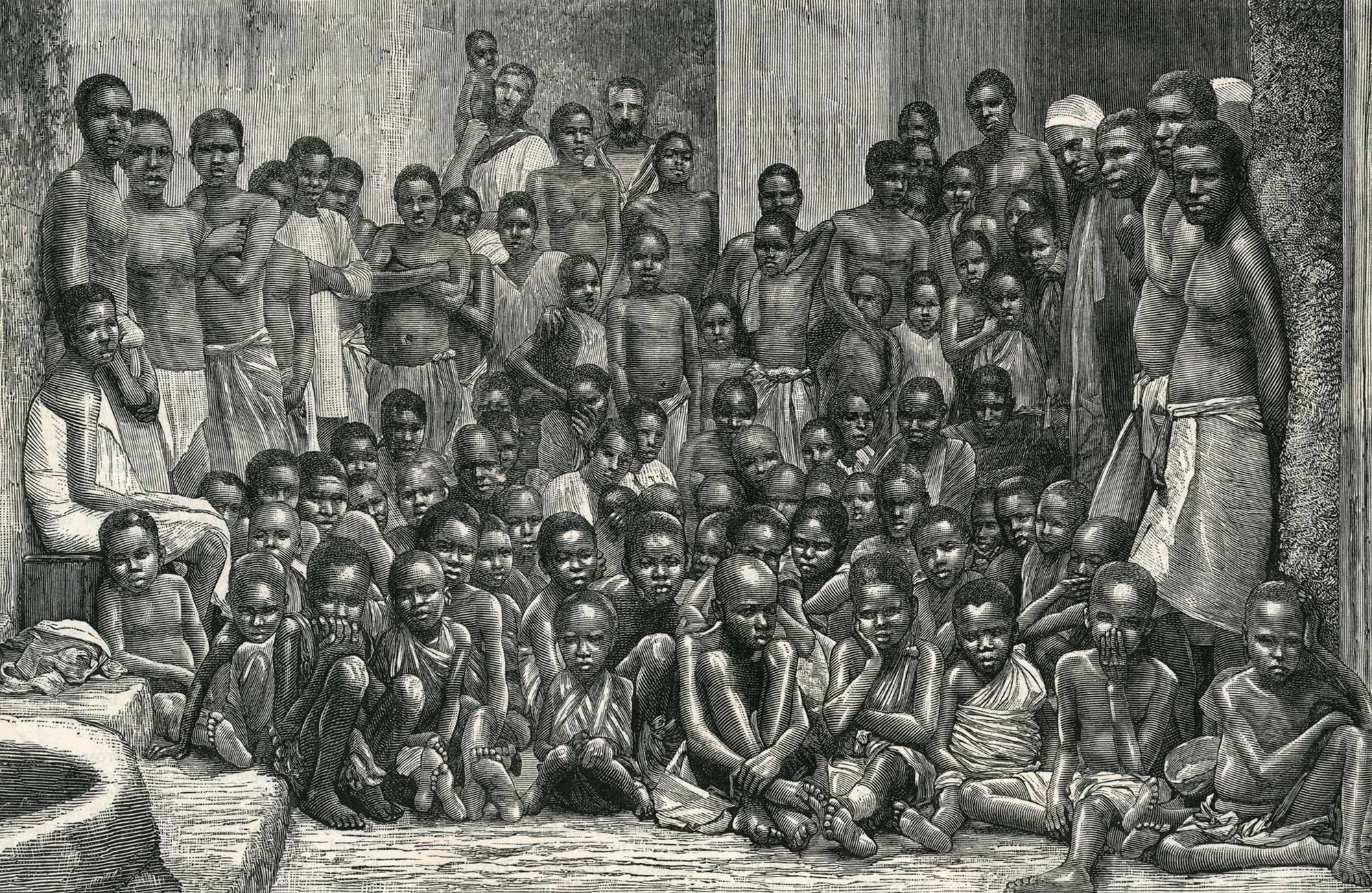
The Transatlantic Slave Trade Database NEH Essentials
2575 B.C. Temple art celebrates the capture of slaves in battle. Egyptians capture slaves by sending special expeditions up the Nile River. 550 B.C. The city-state of Athens uses as many as 30,000 slaves in its silver mines. 120 A.D. Roman military campaigns capture slaves by the thousands.
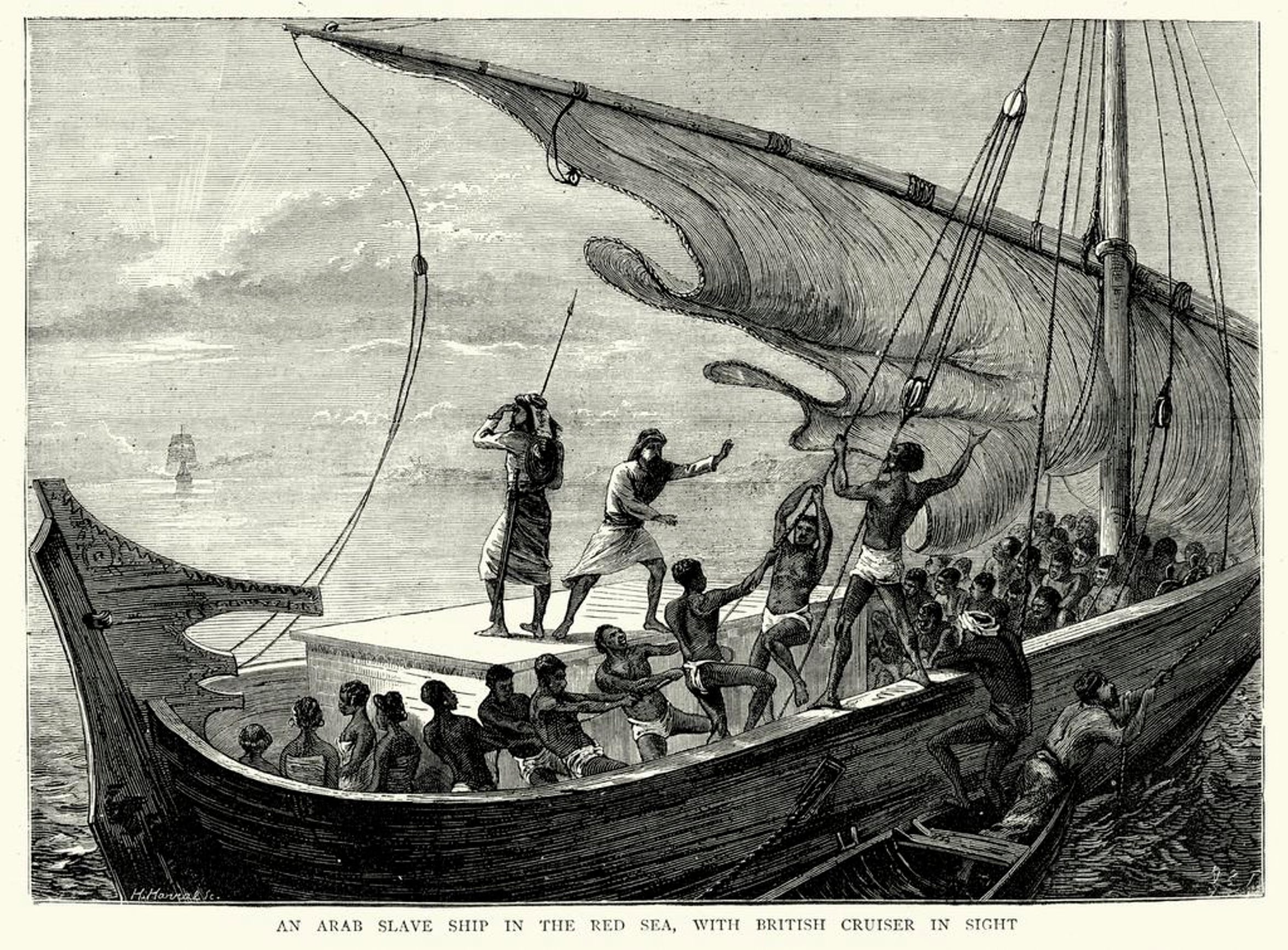
1619 in America 400 years ago, Africans arrived in Virginia
AT THE END OF 2021, the National Gallery in London published initial findings from an inquiry into its ties to transatlantic slavery conducted in collaboration with University College London's.
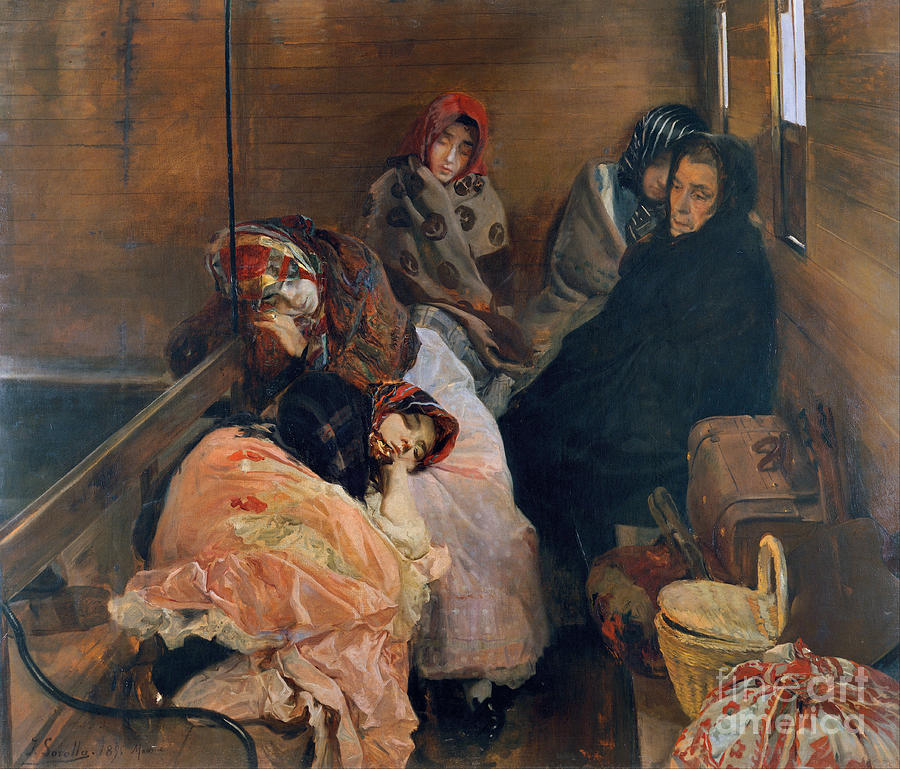
White Slave Trade Painting by Celestial Images Fine Art America
Alexander Ives Bortolot Department of Art History and Archaeology, Columbia University October 2003 From the seventeenth century on, slaves became the focus of trade between Europe and Africa.
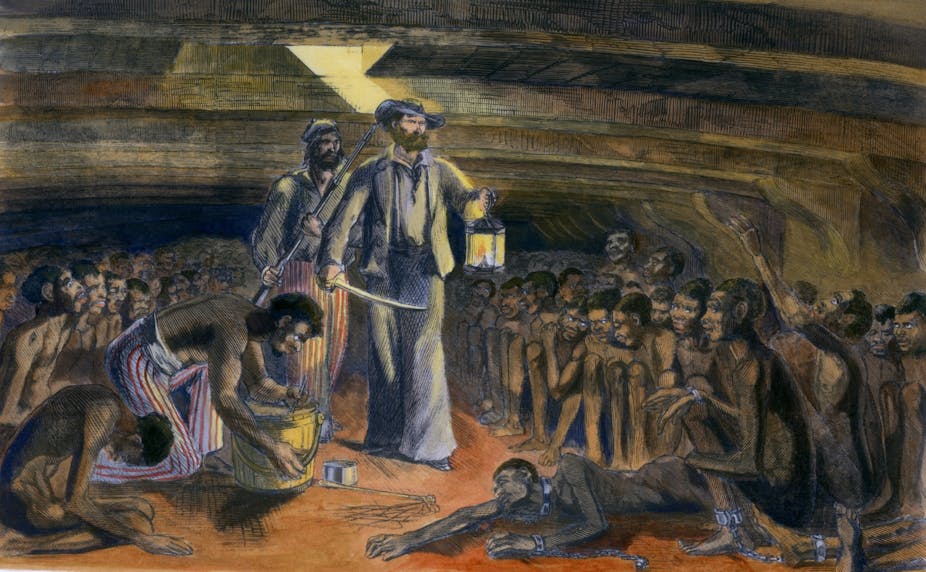
The story of East Africa's role in the transatlantic slave trade
The term "modern art" often refers to European and American works of the mid-19th through the mid-20th centuries, when artists were moving away from the conventions of realism and experimenting with form and representation, says Huey Copeland, BFC Presidential Associate Professor in the History of Art Department. The concept of modernism, coupled with Black artistry and agency, are at the.
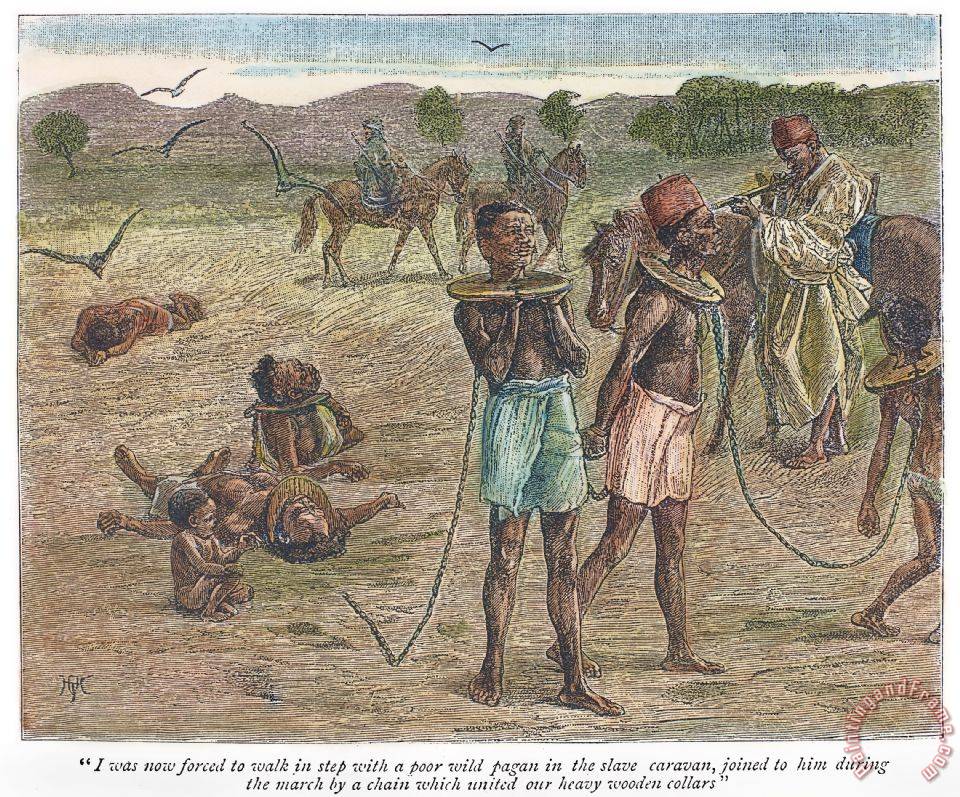
Others Africa Slave Trade, 1889 painting Africa Slave Trade, 1889 print for sale
Five Black Women Artists Consider An Alternative Telling of the Atlantic Slave Trade. By Shantay Robinson. July 17, 2023 8:25am. Andrea Chung, installation view of the exhibition "if they put an.
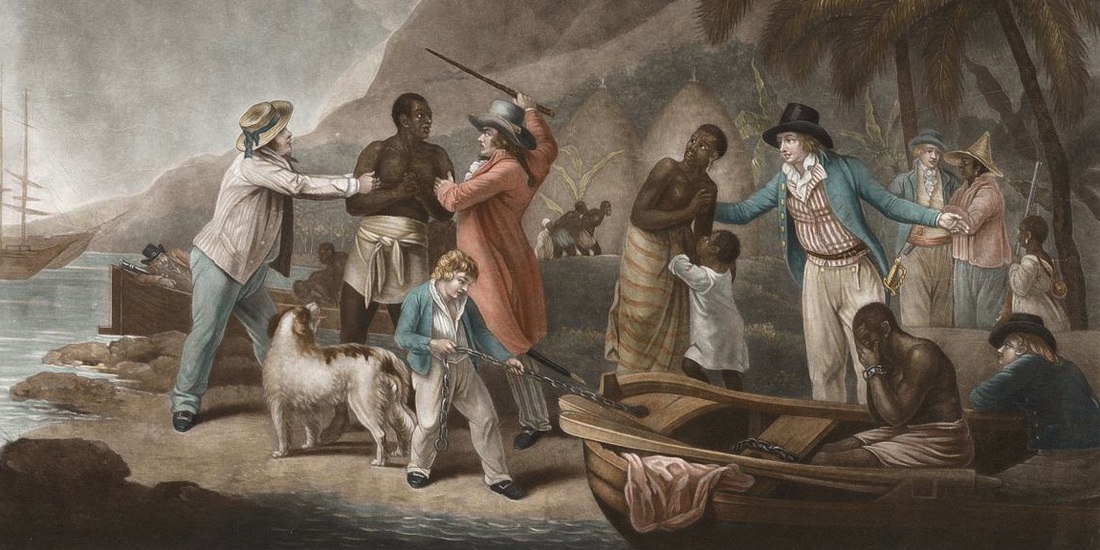
The Atlantic Slave Trade Kirkwall Grammar School
The Slave Market ( French: Le Marché d'esclaves) is an 1866 painting by the French artist Jean-Léon Gérôme. It depicts a Middle Eastern or North African setting where a man inspects the teeth of a nude, female Caucasian slave in the context of the Barbary slave trade .
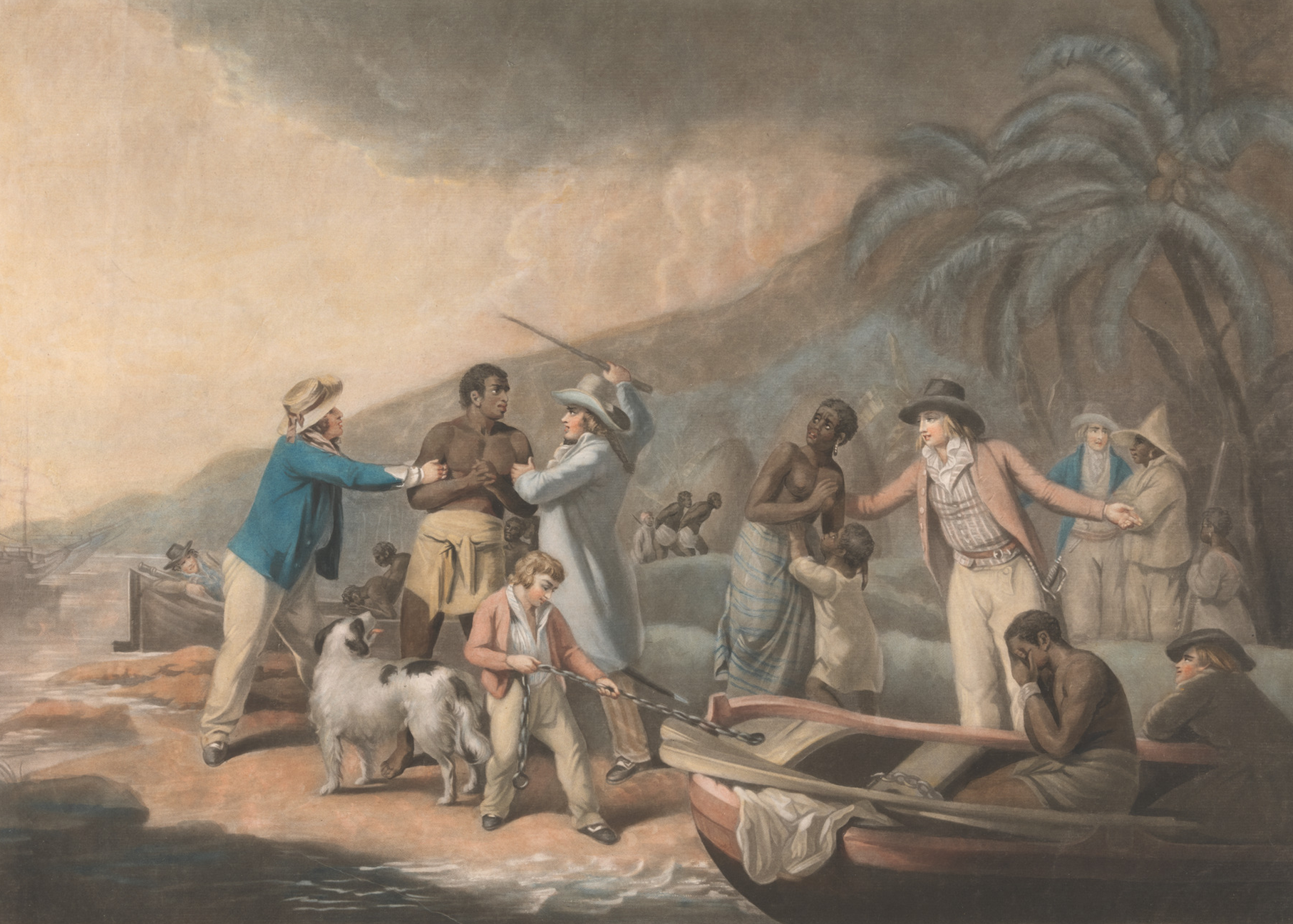
Creating The New World The TransAtlantic Slave Trade
Art was a key tool for British abolitionists to promote their ideals. Starting in the early nineteenth century, new printing and engraving technologies made the production of affordable prints possible for the first time, meaning that artworks or designs produced by one artist could reach a mass audience, dramatically expanding their impact.

Modern slave trade how to count a 'hidden' population of 46 million
This resource presents a variety of artworks, from the 17th century to the present, that highlight the presence and experiences of Black communities across the Atlantic world (the relationships between people of the Americas, Africa, and Europe).

6 Common Misconceptions About the Enslavement of African People
The importance of art as propaganda cannot be omitted when discussing Antebellum America. Harriet Beecher Stowe wrote Uncle Tom's Cabin in 1858 in an effort to illuminate the horrors of slavery. Nearly two decades earlier; however, Edward William Clay's 1841 drawing, America, was a response to the increased abolitionist movement in the North.
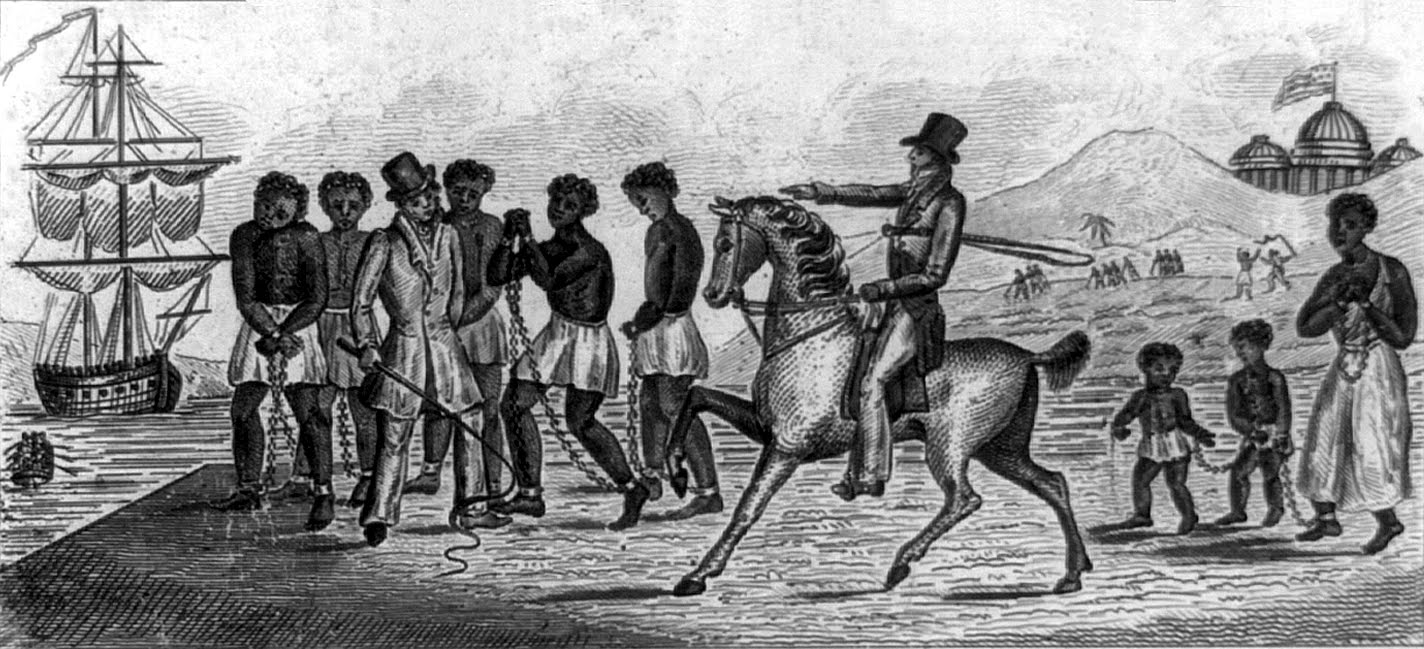
Clipart Design Stock United States slave trade, 1830 IMAGE
Sweets, slavery and sculptures: a brief history of sugar in art Lubaina Himid: celebrating the history of black creativity Pushed off the pedestal: who was the slave trader Edward Colston? Women and the sea: the art of Lubaina Himid and Emma Stothard The role of the Clapham Sect in the fight for the abolition of slavery
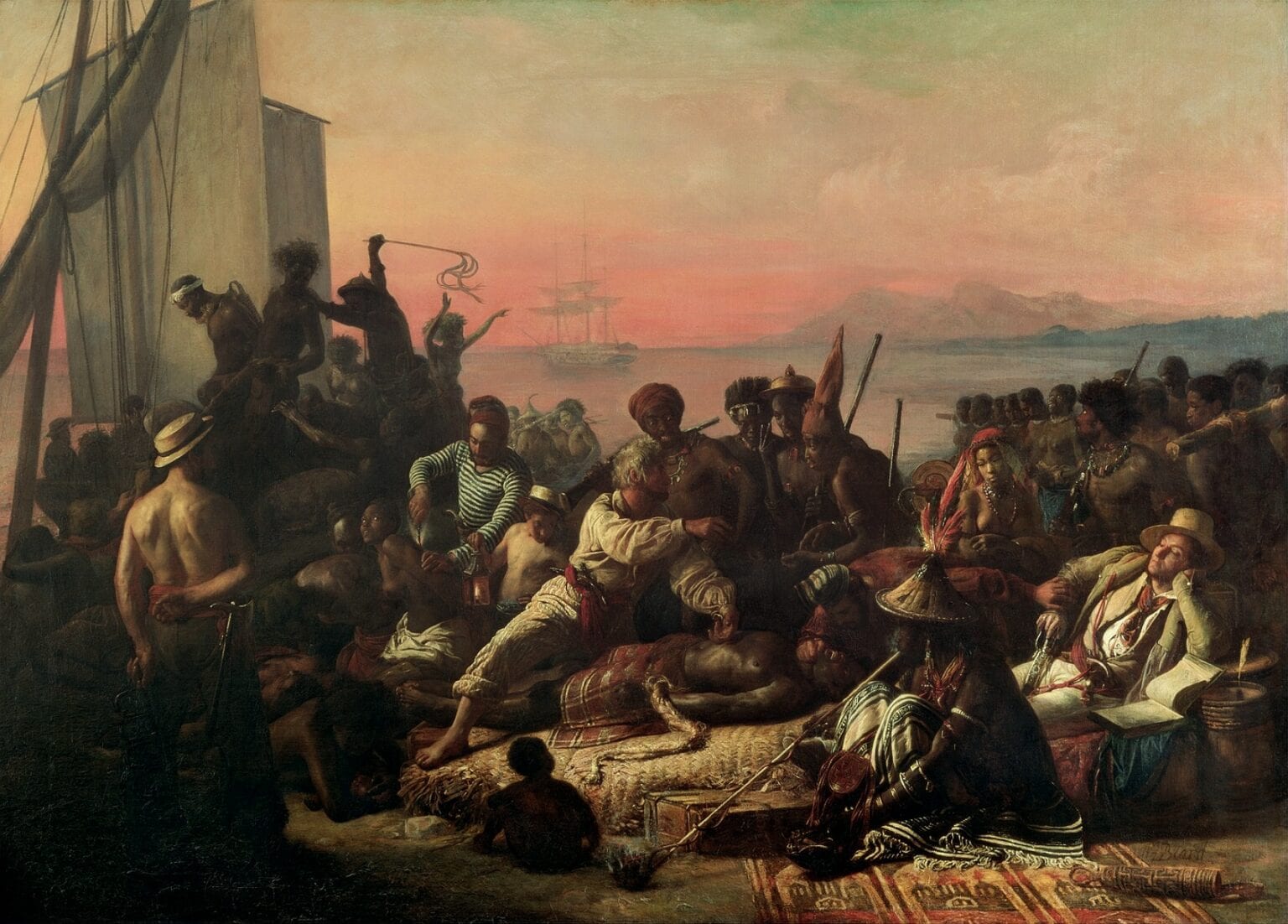
Art Against Slavery The Captured Runaway (1856) by William Gale London Art Week
Examining art from the trans-Atlantic slave trade period is integral in understanding the artist, the subject, and societal trends. Artistic choices are able to reveal much about the creator's intentions, perceptions of the slave trade's morality and functionality, and subconscious in the artistic process.

Slave trade Definition, History, & Facts Britannica
The Slave Trade by Auguste-Francois Baird. This painting depicts a scene on the African coast where captives are being bought and sold. The painting also serves as a protest against slavery during a time when it was still legal in the French colonies in the Americas, especially in the Caribbean islands. Brookes slave ship (1787-01-01) by James.
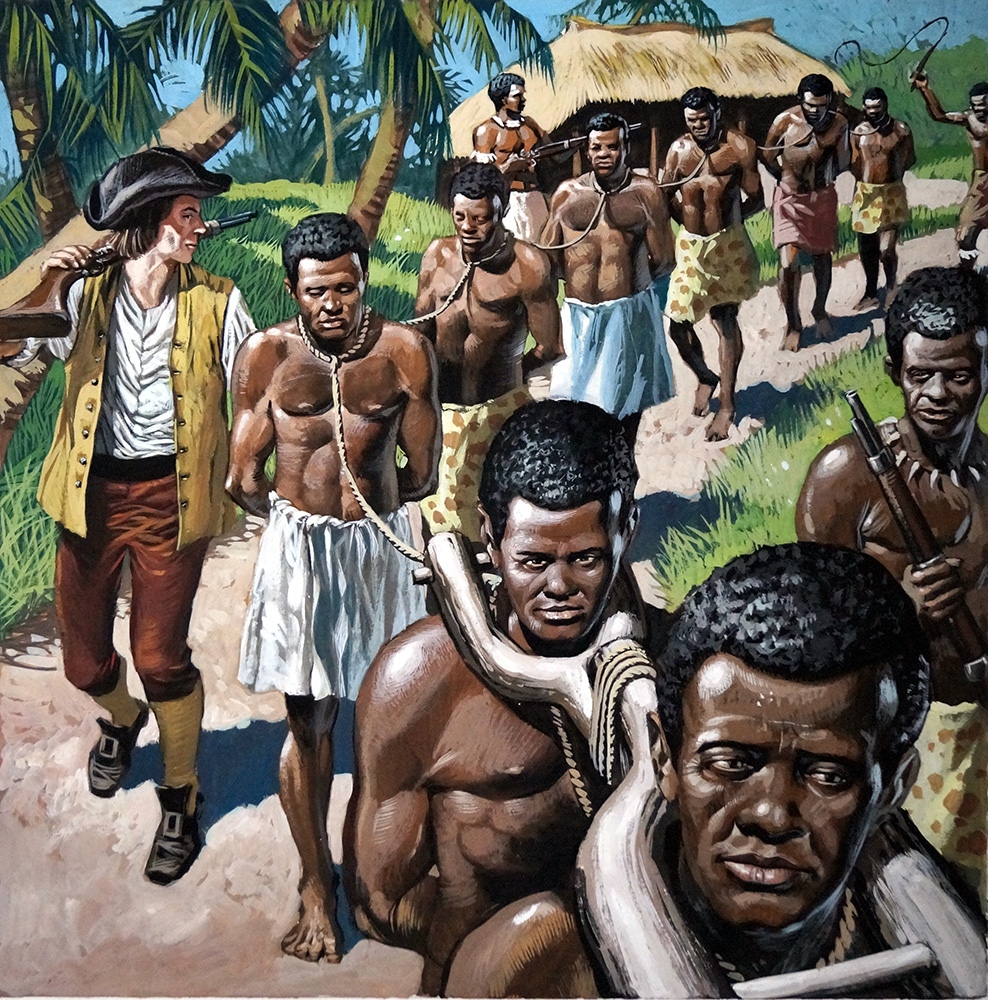
The Slave Trade (Original) by British History (Payne) Art at The Book Palace
Looking closer, scholars find that specific historical moments had a profound affect on African communities and their art. During the slave trade and colonization, for example, some artists created work to come to terms with these horrific events—experiences that often stripped people of their cultural, religious and political identities.
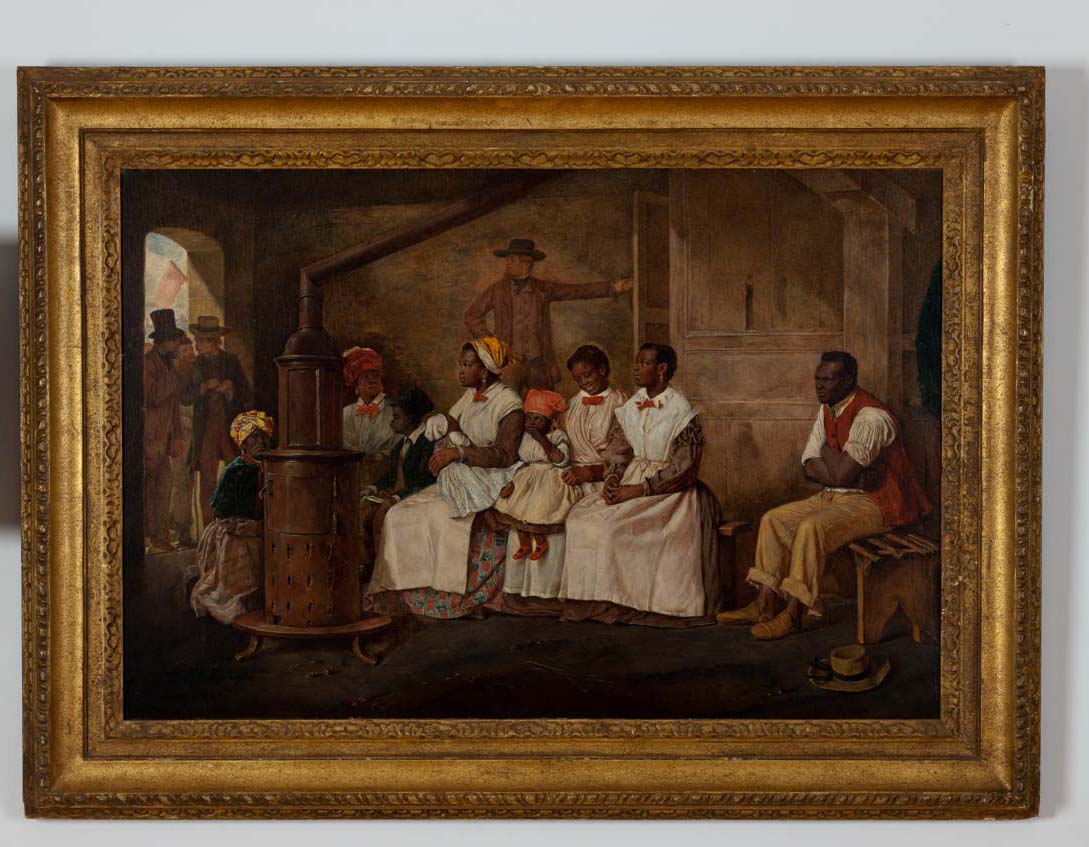
U.Va. Professor's New Book Considers American Slave Trade Through Art UVA Today
In April 2021, the Harvard Art Museums co-presented the four-part virtual program Art Museums and the Legacies of the Dutch Slave Trade: Curating Histories, Envisioning Futures.. Presented along with the Center for Netherlandish Art at the Museum of Fine Arts, Boston, and Harvard University's Department of History of Art and Architecture, the program considered how museums and their.

Pin on ART
Curator: Mary Elliott Reserve Passes Through powerful objects and first person accounts, visitors encounter both free and enslaved African Americans' contributions to the making of America and explore the economic and political legacies of the making of modern slavery.
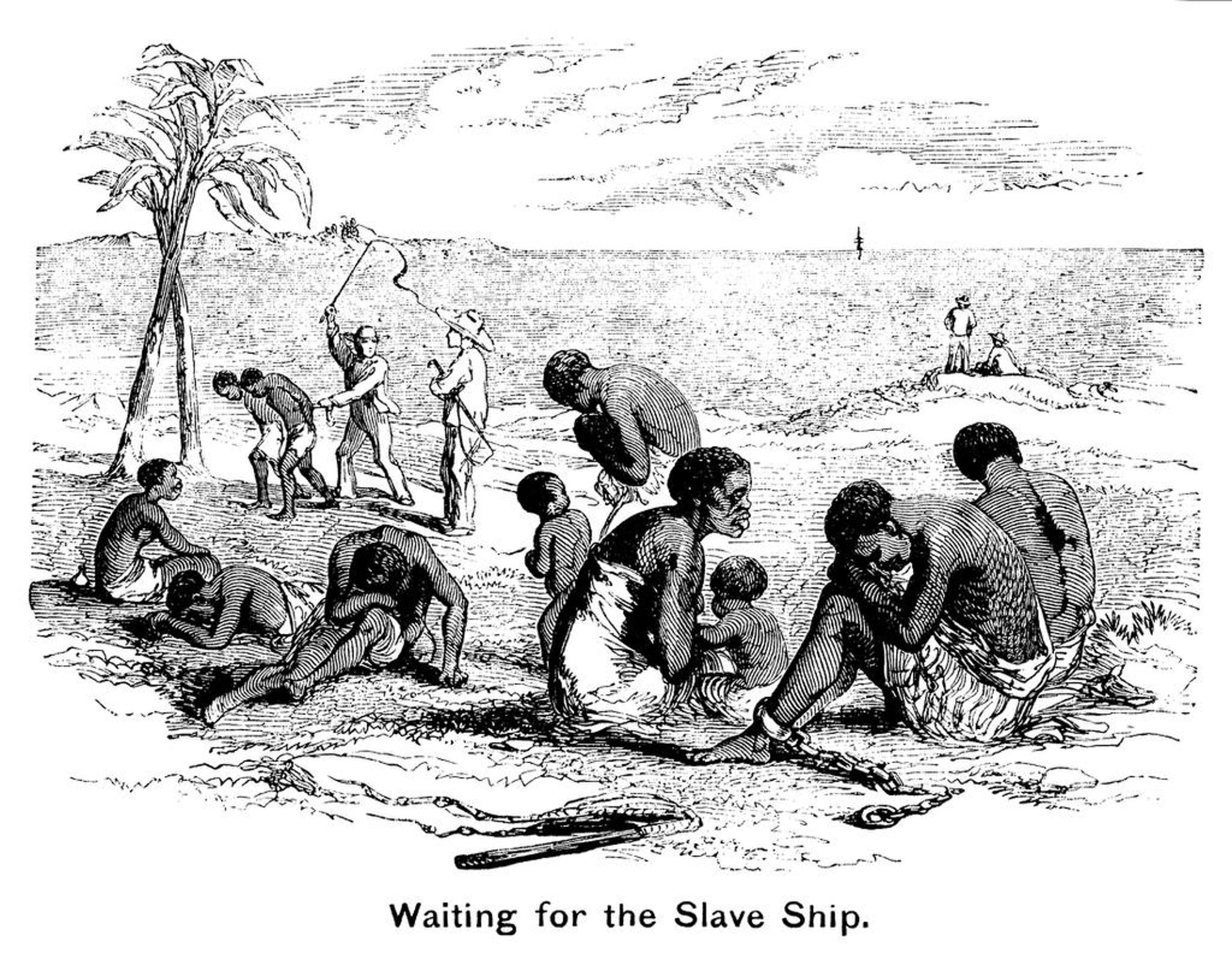
1619 in America 400 years ago, Africans arrived in Virginia
Slave Trade is a print based on George Morland's 1788 original painting of this scene. In a setting on an African coast, a fictional African family is separated and enslaved by European sailors. Though this scene is imagined, Morland drew from descriptions of enslavement that circulated in the news at the time.